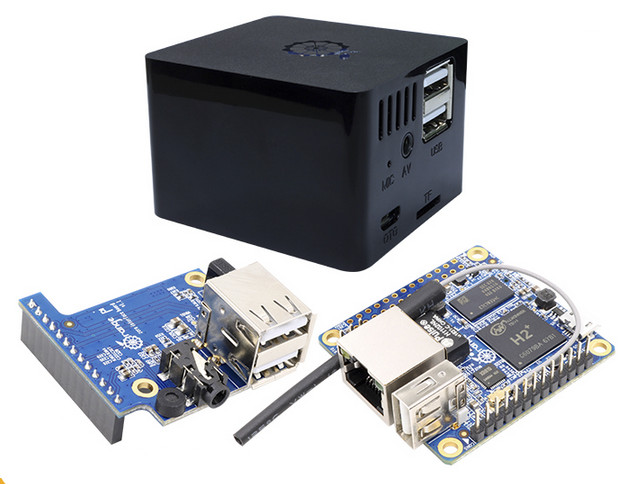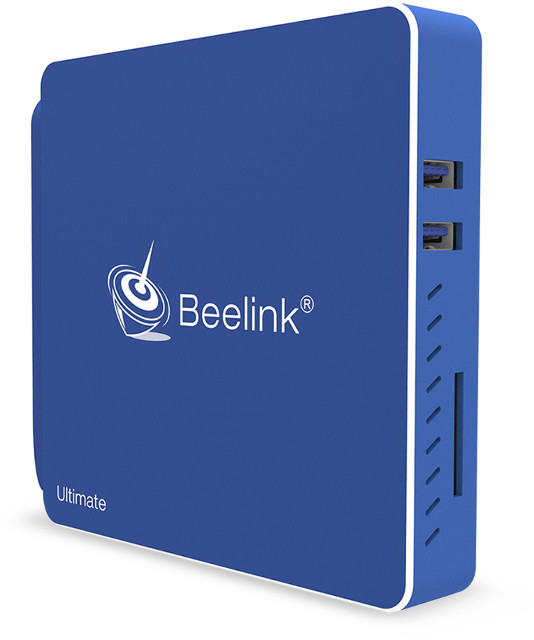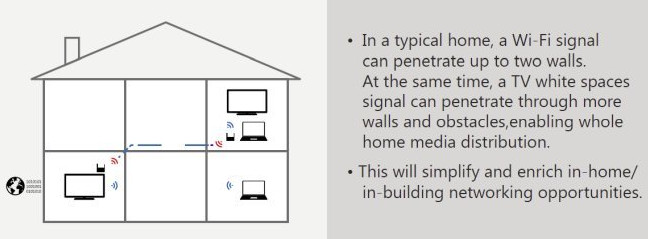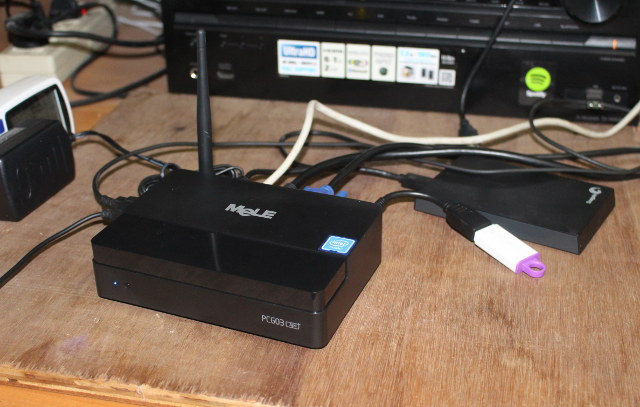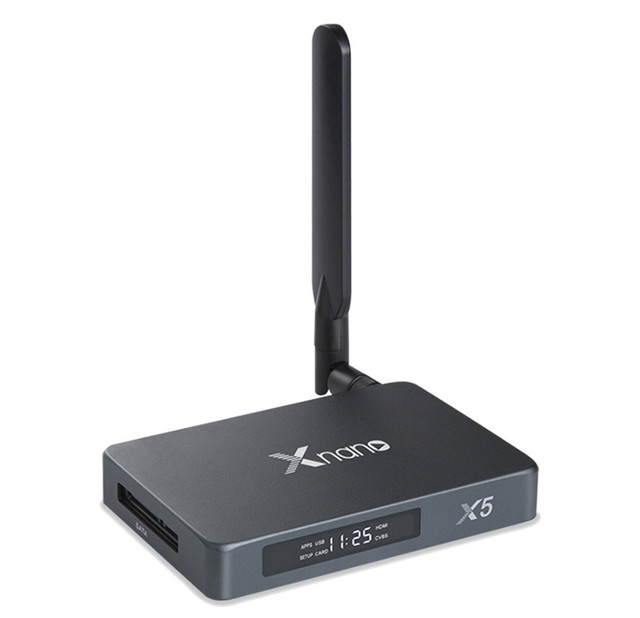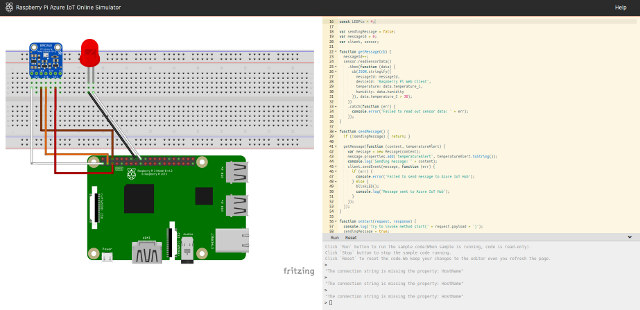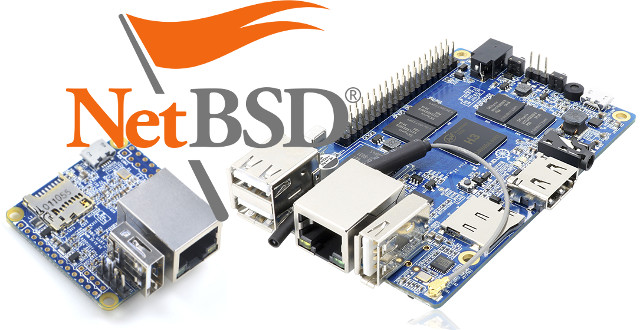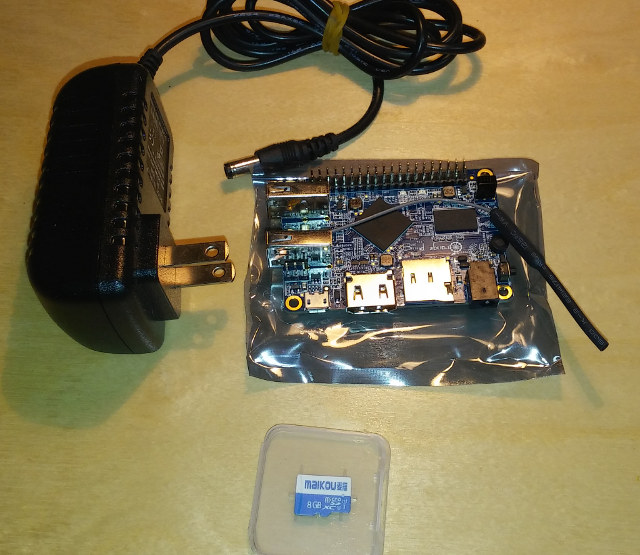Since Google released the Google Assistant SDK for Raspberry Pi 3, and other ARMv7 boards, I thought I should it try myself on one of the tiny headless boards I have, as you just need audio output and a microphone. I first planed to use NanoPi NEO board with NanoHAT PCM5102A audio board, a cheap USB microphone, and pair of speakers, but this morning, I’ve come across Orange Pi Zero Set 6 kit that looks perfect for this applications and sells for just $12.95 plus shipping ($18.27 in total for me) with Orange Pi Zero board, Orange Pi Zero interface board, and a case. Orange Pi Zero board is powered by Allwinner H2+ quad core Cortex A7 processor with 512MB RAM, and can run the required Ubuntu/Debian distribution using one of the Armbian images, and connected to the Internet over Ethernet or WiFi, however if you want to use the […]
Beelink AP34 Ultimate Apollo Lake mini PC Comes with 8GB RAM
Most Apollo Lake mini PCs on the market ship with 4GB RAM, but if you find this limiting, Beelink AP34 Ultimate, powered by an Intel Celeron N3450 quad core processor, comes with 8GB DDR3 memory and 64GB eMMC flash. Beelink AP34 Ultimate fanless mini PC specifications: SoC – Intel Celeron N3450 quad core Apollo Lake processor @ 1.10 GHz / 2.20 GHz (Burst frequency) with 12 EU Intel HD graphics 500 @ 200/700 MHz (6W TDP) System Memory – 8 GB DDR3 Storage – 64 GB eMMC flash, SD card slot, M.2 SSD slot up to 320 GB Video Output – HDMI 1.4 up to 4K @ 30 Hz Audio – 3.5mm headphone jack and HDMI Connectivity – Gigabit Ethernet, dual band 802.11 b/g/n/ac Wi-Fi, and Bluetooth 4.0 USB – 3x USB 3.0 host ports Misc – Power button and LED, reset pinhole Power Supply – 12V/2A Dimensions – 11.90 […]
Microsoft Plans to Leverage TV Whitespace Frequencies to Offer Internet Access in Remote Areas
TV whitespace spectrum represents the frequencies unused by analog TV channels either because noone is broadcasting at a given frequency or because of analog TV sunset. There are plans to use this free spectrum for the Internet of Things with Weightless, but instead Microsoft plans to leverage this new bandwidth for Internet access in remote areas. There are some hurdles to this technology as government must approve use of TV whitespace spectrum for use other than TV signals, and the receiver is now rather expensive at $1000, but Microsoft expects the price to come down to around $200. The advantage of TV frequencies is that they can be used over long distances, and easily penetrate through walls. The company has apparently started working on the technology since the end of 2012, and they now have pilot programs in various countries including the US, the UK, Jamaica, Namibia, Kenya, Taiwan and […]
Review of MeLE PCG03 Apo Fanless 4K Mini PC – Part 2: Windows 10, Benchmarks, and Kodi
MeLE PCG03 Apo is an update to MeLE PCG03 mini PC, and one of the rare Apollo Lake mini PCs to be both fanless, and support HDMI 2.0 output. I’ve already checked out the hardware design in “MeLE PCG03 Apo Fanless Apollo Lake mini PC Review – Part 1: Unboxing and Teardown“, so in the second part of the review I tested Windows 10, focusing on HDMI 2.0 features, audio pass-through in Kodi, and performance and stability tests to see how well it compared to similar actively cooled mini PCs such as Voyo V1 VMac mini. MeLE PCG03 Apo Setup and System Information I connected a USB 3.0 drive to one of the USB 3.0 ports, a USB keyboard and mouse, and an RF dongle for a wireless gamepad to the other USB 2.0/3.0 ports, as well as USB type C to micro USB adapter itself connected to a micro […]
Xnano X5 4K TV Box with Gigabit Ethernet, HDMI Input, USB 3.0, and SATA Goes for $68 and Up
Realtek RTD1295 processor allows for 4K TV boxes with DVR and PiP function through HDMI input, and USB 3.0 and SATA 3.0 storage interfaces. I previously reviewed Zidoo X9S and EWEAT R9 Plus based on the solution, and I especially liked support with NAS function through OpenWrt running side-by-side with Android 6.0. Those are high-end devices that cost well over $100, but we’ve recently seen cheaper models, likely with less refined firmware, no metal case, and possibly lacking OpenWrt that go as low as $78 shipped with LAKE I Home Cloud TV box. We can now get an even cheaper model, albeit with just 1GB RAM and 8GB flash, thanks to Xano X5 sold for $68.32 including shipping on Aliexpress. There’s also a 2GB/16GB version on the same page going for $82.76. Xnano X5 Smart Box specifications: SoC – Realtek RTD1295 quad core Cortex A53 processor with ARM Mali-T820 MP3 […]
Microsoft Releases Raspberry Pi 3 Web Simulator Working with Azure IoT Cloud
If you were already following this blog when the first Raspberry Pi launched, you may have tried to emulate a Raspberry Pi and run Fedora in QEMU, as getting a board was a challenge at that time. Microsoft has launched its own Raspberry Pi (3) simulator running in web browsers, connecting to virtual sensors and components using Fritzing, and interfacing with the company’s Azure IoT cloud service. The preview version of the simulator does not allow you customize components on the breadboard, something you’ll be able to do in the release version, so we are stuck with a BMP280 sensor and red LED in the assembly window. on the left. On the top right, we’ve got sample source code written using Node.js to read temperature data from the sensor, push it to an Azure IoT Hub, and blink the LED in the coding area, and finally the integrated console window […]
NetBSD is Now Running on Allwinner H3 Boards
Most people will run Linux kernel on development boards because it does the job, and that’s usually the only option. But others have been working on NetBSD kernel for Allwinner H3 boards, and it’s now running on various H3 boards with serial console, USB, Ethernet, SD card, and eMMC flash working. Jared McNeill explains they first had to deal with low-level code to initialize the CPU and MMU, before using a U-boot layer to disguise NetBSD as the Linux kernel in order to load kernel and device tree file. The code then jumps to the generic ARM FDT implementation of initarm to relocate DTB data and perform other steps, and finally they can enumerated devices. This is explained in greater details in the aforelinked blog post on NetBSD website. Jared tested the implementation on NanoPi NEO and Orange Pi Plus 2E, but others have reported success on various hardware based […]
How to Use Octoprint on Orange Pi Lite Board, Amlogic S905X and S912 TV Boxes
Karl here. This was article originally going to be how to setup Octoprint 3D printer server on an Orange Pi Lite. But after looking and running through the instructions it seemed like it would be too much so I created an img to simplify things. I also explored running Octoprint on an Amlogic S905x or S912 device and it turned out to be an even better solution. You get a case, power supply, and eMMC flash storage. What is Octoprint? I use Octoprint mainly for its ability to start and stop prints without having to use an sd card. Time lapse is also a nice feature. And one last thing is that I setup a pushbullet notification when it is complete. For a full list of features check out http://octoprint.org/. What is needed? Orange Pi Lite board provided by GearBest for the article, or an Amlogic S905X or S912 Android […]


